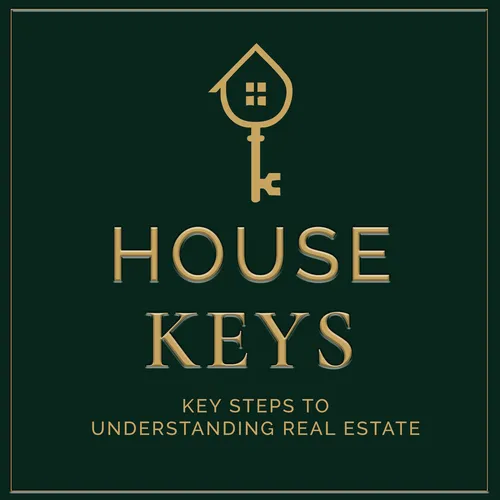So, How Much Do You Need to Buy a Home?
- Author
- Birdman Media™
- Published
- Fri 01 Aug 2025
- Episode Link
- http://sites.libsyn.com/587965/so-how-much-do-you-need-to-buy-a-home
💵 So, How Much Do You Need to Buy a Home? The amount depends on several factors: the loan type, the purchase price, your credit, and closing costs. Here’s a breakdown: ⸻ 🔑 1. Down Payment Options You can buy a home with as little as 0% to 5% down in many cases: • Conventional Loans: • Minimum down: 3–5% (depending on income and loan program) • 20% down eliminates mortgage insurance but isn’t required • FHA Loans (government-backed): • Minimum down: 3.5% • VA Loans (for veterans): • 0% down • USDA Loans (for rural areas): • 0% down 🔔 Note: Putting less down means higher monthly payments and mortgage insurance, but it allows many buyers to enter the market sooner. ⸻ 🧾 2. Closing Costs • Typically 2–5% of the home price • Includes fees for loan origination, appraisal, title insurance, taxes, and more • Some lenders or sellers offer credits to help cover these ⸻ 💳 3. Cash Reserves & Prepaid Costs • Lenders often like to see 1–2 months of reserves (money left after closing) • You’ll also pay prepaid costs like property taxes and homeowners insurance ⸻ 💡 Real Example: If you’re buying a $300,000 home: • 3% down = $9,000 • Closing costs = ~$9,000 (3%) • Total upfront: Around $18,000 (or less with credits or assistance) Compare that to 20% down = $60,000. Huge difference. ⸻ ✅ Bottom Line: You don’t need 20% down to buy a home. Many buyers get in with as little as 3–5%, especially first-timers. Focus on what you can afford monthly, and work with a lender to find the right fit for your situation.
House Keys is brought to you by
Mountain Retreat Realty Experts
House Keys is produced by Birdman Media™ and supported by sponsors of the Birdman Media™ Community
